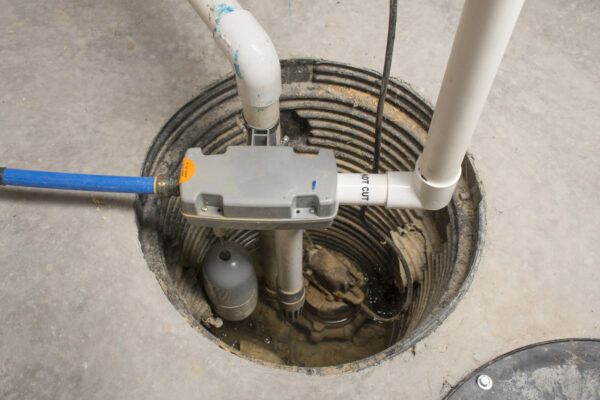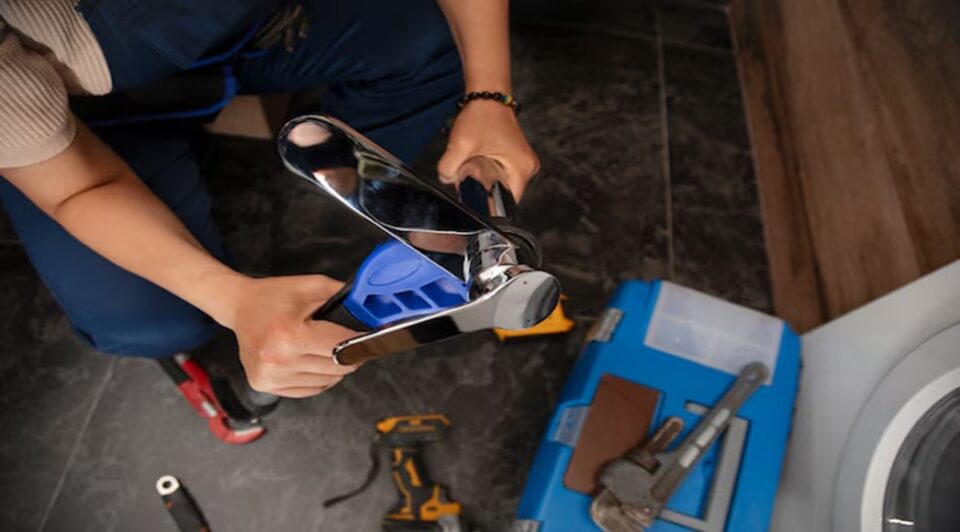When designing a new home, one critical aspect that often gets overlooked is the planning for sump pump systems. Sump pumps play a vital role in managing groundwater and preventing flooding, especially in areas prone to heavy rain or high water tables. This article will guide you through the essential considerations for integrating sump pump systems into your new home construction, emphasizing the importance of proper planning and installation.
Understanding the Role of Sump Pumps
Sump pumps are devices installed in the lowest part of a home, typically in a sump pit, to prevent flooding by removing excess water. They work by automatically pumping water out of the pit and away from the foundation, thereby protecting the home from water damage. When planning for your new home, it’s crucial to understand the specific needs of your property and the potential risks associated with water accumulation.
Incorporating Backup Systems
In addition to the primary sump pump, it’s wise to incorporate a backup system to ensure continued operation during power outages or pump failures. Battery backup sump pumps can provide an additional layer of protection, keeping your home safe from flooding even when the primary pump is not operational.
When planning your sump pump installation, consider integrating a backup system into your design. This proactive approach can save you from costly water damage and provide peace of mind during severe weather events.
Key Considerations for Sump Pump Installation

1. Location of the Sump Pump
The location of the sump pump is critical to its effectiveness. Ideally, it should be placed in the lowest point of the basement or crawl space, where water naturally collects. During the new home construction phase, ensure that the site is properly graded to direct water away from the foundation. This grading will help minimize the amount of water that enters the sump pit, reducing the workload on the pump.
2. Choosing the Right Type of Sump Pump
There are two main types of sump pumps: submersible and pedestal. Submersible pumps are installed below the water level in the sump pit and are generally more powerful and quieter. They are ideal for larger homes or areas with significant water accumulation. Pedestal pumps, on the other hand, are mounted above the sump pit and are easier to access for maintenance but may not be as powerful.
When planning for your sump pump system, consider the size of your home and the expected volume of water that may need to be pumped. Consulting with a professional can help you determine the best type of pump for your specific needs.
Conclusion
Planning for sump pump systems in new home designs is a crucial step in ensuring the durability and safety of your property. By understanding the role of sump pumps, considering key factors for installation, and incorporating backup systems and maintenance accessibility, you can create a robust water management solution for your new home. Investing in a reliable sump pump system not only protects your home from water damage but also enhances its overall value and livability. As you embark on your new home construction journey, prioritize the integration of effective sump pump systems for a secure and resilient living environment.

